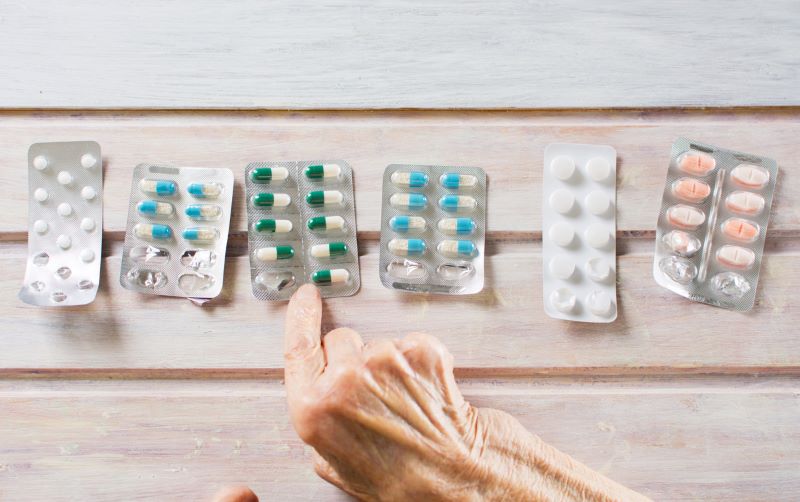- Home
- Product
- Patient
- Order Online
- Prescription Quote
- What is a Compounding Pharmacy?
- Collect at your Pharmacy
- Find a Pharmacy
- Find a Integrative Doctor
- Child Friendly Medication
- Vet & Animal Compounding
- Easy to Swallow Pills
- Motion & Seasickness
- Medication without the Additives
- Unavailable Medications
- Schedule 8 Shipping Waiver
- Pharmacists
- Prescribers
- Shop
- FAQs
- About
- Careers
- Contact Us
- Home
- Product
- Patient
- Order Online
- Prescription Quote
- What is a Compounding Pharmacy?
- Collect at your Pharmacy
- Find a Pharmacy
- Find a Integrative Doctor
- Child Friendly Medication
- Vet & Animal Compounding
- Easy to Swallow Pills
- Motion & Seasickness
- Medication without the Additives
- Unavailable Medications
- Schedule 8 Shipping Waiver
- Pharmacists
- Prescribers
- Shop
- FAQs
- About
- Careers
- Contact Us
What Ticks Them Off: Older People on Multiple Medications

A review conducted by a Swedish University found that when it comes to managing multiple medications for older people, the two biggest obstacles to treatment adherence at home are:
- Confusion over what pill to take when, with food or without, and at what dosage
- Frustration with hard-to-open and wasteful packaging.
Participants in the review reported that taking multiple medications at difference dosages and frequencies throughout the day often led to confusion. For instance some people may be required to take:
- 2 of Pill A three times a day with food
- 1 of Pill B twice a day without food
- 3 of Pill C twice a day with food
- 2 of Pill D once a day with or without food.
Easy to understand how confusion could set in, especially for people leading full and active lives or for those with declining cognitive ability.
While dose boxes are sometimes used to manage multiple medications, may people reported that this method doesn’t allow the patient to refer back to instructions and safety information on the packet, and it also doesn’t work for medicines that are sensitive to moisture or heat. Dose boxes also require much time and concentration to fill correctly, which some study participants felt was excessive.
Older people also reported difficulty opening blister packs. Blister packs are the kind of packaging preferred by most pharmaceutical companies for their ability to protect the integrity of individual pills and improve shelf life. However for older people with arthritis and stiff joints, bottles are far easier to open than blister packs and many people who participated in the Swedish study expressed frustration that they were not offered a choice in medication packaging.
Environmental concerns were also expressed over blister packs; this form of packaging generates considerably more single-use plastic land-fill than multi-use bottle packaging, and this was viewed as wasteful by many study participants.
Authors of the study noted,
“Consideration about the complexity of the home environment, the use of established routines for managing medications, as well as packaging preferences, has the potential to reduce the risk of medication errors and increase adherence for these patients—a vital point for clinicians and practitioners coordinating treatment for older patients.”
Here’s the solution
If any of the issues raised by this study sound familiar to you, or some one you know, there is a solution to reduce the stress, confusion and difficulty around the use of multiple medications at home.
In consultation with the patient’s prescribing physician, National Custom Compounding’s specialist compounding pharmacists can combine multiple medications into just one or two pills, to take the confusion out of pill time. We can also put these pills in bottles instead of blister packs so older people have less trouble opening their medication, and the environment benefits from less wasteful packaging.
The pills and tablets we produce contain the exact medication as prescribed, but are now combined and made into a much simpler form for the patient to take. We can also make up many medications as a liquid for patients who have difficulty swallowing large pills and tablets.
For more information and no obligation advice on combining prescribed medications in one pill, contact us on 1300 731 755 or [email protected].
[optin-monster-inline slug=”oqqklvasafov6yvbfsuo”]
